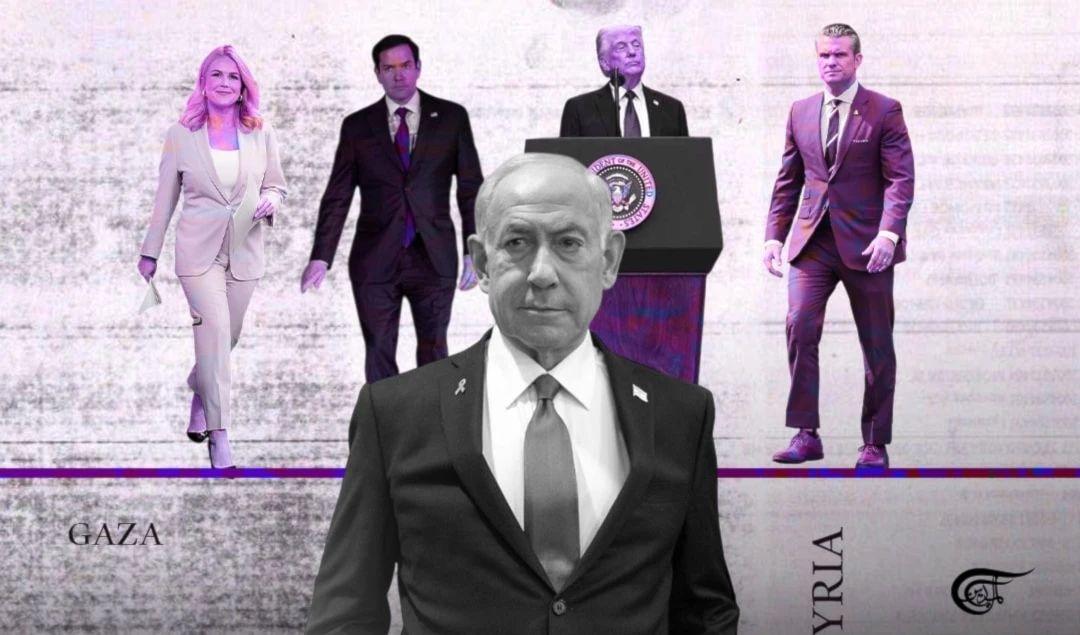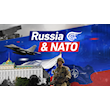Ukrainian crisis and the International Treaties
Russia may be satisfied by controlling a part of Ukraine, especially the border areas and those inhabited by groups of Russian origin, although extending its control to all territories of Ukraine could convey a great risk.
-

The Treaty establishes the Open Skies regime for the conduct of short-notice, unarmed, observation flights by States Parties over the territories of other States Parties
Dwight Eisenhower (1955) was the first US President who suggested the idea of a regime of unarmed aerial observation flights to promote confidence, predictability, and stability. On 12 May 1989, U.S. President George Bush proposed the creation of an Open Skies regime, which expanded on President Eisenhower’s concept. According to the tension and diplomatic clashes at the international level, which leads to the military engagement in Ukraine, there is serious talk about the fate and effectiveness of the international treaties and agreements, Such as the Open Skies Treaty.
1- The Open Skies Treaty
The Treaty on Open Skies authorizes the militaries of States Parties to conduct unarmed reconnaissance flights over other States Parties' territories. It was Signed on 24 March 1992, and on 1 January 2002 entered into Force.
In December 1989, the participants of the North Atlantic Council Meeting in Brussels issued the “Open Skies: Basic Elements” document calling for the establishment of an Open Skies regime for members of NATO and the Warsaw Pact to promote openness and transparency, build confidence, and facilitate verification of arms control and disarmament agreements. During the meeting between NATO and the Warsaw Pact in Ottawa on 12 February 1990, Canada and Hungary launched a similar initiative.
2- Provisions
The Treaty establishes the Open Skies regime for the conduct of short-notice, unarmed, observation flights by States Parties over the territories of other States Parties. It gives each State Party the right to conduct and the obligation to accept observation flights over their territory.
The Treaty establishes a “passive quota” for each State Party, which is the total number of observation flights that each State Party is obliged to accept over its territory, and an “active quota,” which is the number of observation flights that a State Party shall have the right to conduct over the territory of each of the other States Parties.
The Treaty entitled the States Parties to form groups and redistribute their “active quotas,” and to have common total “active and passive quotas.” To conduct an observation flight, an observing State Party must provide at least 72-hour notice to the State Party it wishes to observe.
3- Verification and Compliance
The Treaty established an Open Skies Consultative Commission (OSCC) that conducts its work by consensus. This commission is in charge of the questions related to compliance with the Treaty, and seeks to resolve ambiguities and differences of interpretation should they occur, consider applications for accession to the Treaty, and take care of technical and administrative measures.
It convenes in monthly plenary meetings at the headquarters of the Organization for Security and Cooperation in Europe (OSCE) in Vienna.
The Treaty provides for a periodic review conference to review the Treaty’s implementation to be convened three years after the entry into force of the Treaty and at five-year intervals thereafter.
4- Developments
After President Putin revealed the five new weapons (Hypersonic) for the first time in March 2018, the United States policymakers started a series of withdrawals from the missile treaties. They also went developing "Deceptive" missiles, such as the multi-tasking "AEGIS" system, they later withdrew from the Treaty on Short and Medium-Range Missiles, and then from the Treaty on Open Skies, only to agree recently to extend the "START 3", after they felt that they are no longer of any value in terms of limiting strategic capabilities, according to what they possess - the Americans and the Russians - of nuclear capabilities and means of launching this treaty.
On 22 May 2020, U.S. Secretary of State Michael Pompeo announced the United States’ intention to withdraw from the Treaty on the Open Skies. He cited claimed Russian violations of the Treaty as precipitating U.S. withdrawal. On 22 November 2020, the United States formally withdrew from the treaty.
On 15 January, the Russian Foreign Ministry Sergei Lavrov announced that Russia would initiate steps to withdraw from the Open Skies Treaty. He later suggested that Russia would reconsider should the United States return to the treaty. In response to a question regarding his statement at a press briefing on 2 February, US State Department Spokesperson Ned Price indicated that the Biden Administration was “studying the issue” and would “take a decision in due course.”
On 19 May, the Russian State Duma adopted a bill to formally endorse a withdrawal from the Open Skies Treaty. The bill cited the United States’ continued ability to receive information acquired via the treaty from its NATO allies as precipitating the decision.
On 27 May, U.S. Deputy Secretary of State Wendy Sherman informed the Russian government that the United States will not rejoin the Open Skies Treaty.
5. Ukraine Crisis
-

Figure 1: Ukraine (Source)
According to negotiations between Russia and Ukraine, it is clear that both parties can't reach a solution or an agreement soon. Especially since Russia considers that the Western camp was responsible for the ending of the Soviet Union (Gorbachev).
Accordingly, Russia could not accept the reversing of the former Soviet Union countries, especially Ukraine, which is considered the second country of the former Soviet Union besides Russia due to its geographic location between Russia and the European Union.
The Western Camp, and specifically the United States and the European Union, will not abandon the current situation that they have pursued for decades and achieved after their great effort in the containment process against Russia, and therefore they will not give up easily.
6. Conclusion
In the end, there should be high-level negotiations, and thus both camps should get some benefits after compromising.
Now, it seems that Russia has broken the military power of Ukraine, and the Ukrainian people felt disappointed because of the Western camp attitude or at least of being left alone in this war. That is why the Western camp felt responsible for supporting the Ukrainian people with weapons and funding their resistance.
Russia may be satisfied by conquering a part of Ukraine, especially the border areas and those inhabited by groups of Russian origin. Occupying all territories of Ukraine could convey a great risk; the wise decision is to avoid facing any armed resistance that may lead to the exhaustion of the Russian army for a long period.
Finally, the Western camp is trying to prevent the total invasion of Ukraine and to avoid the loss of confidence of the Ukrainian people by applying economic and financial sanctions to constrain Russia, and by supporting the Ukrainian resistance.
On the other side, Europe will suffer from a severe energy crisis as a result of stopping the pumping of the Russian gas to the western countries so that they have to find alternative sources.

 Joe Joubran
Joe Joubran
 7 Min Read
7 Min Read












